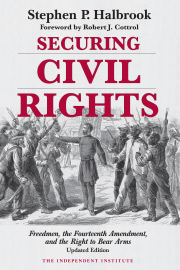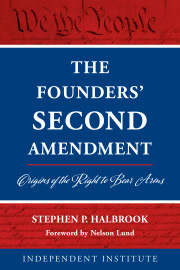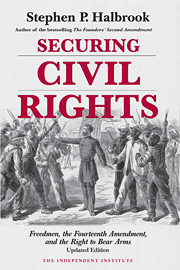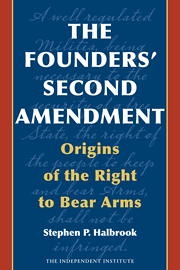Introduction
The Ninth Circuit’s en banc decision in Young v. Hawaii (2021) holding that no “right of the people to . . . bear arms” exists under the Second Amendment could perhaps win a contest for the most faux histoire of any judicial decision on a Bill of Rights guarantee. The Ninth Circuit previously held that no right exists to carry a concealed weapon. It now extends its ruling to the only other way to bear arms—open carry. Without any linguistic analysis of the text of the Second Amendment, the majority essentially holds that the right to bear arms is outside “the historical scope” of the right to bear arms.
To obtain a license to carry a firearm, the state of Hawaii requires a person to show “the urgency or the need” to do so, a requirement not specified for any constitutional right. Per the court’s description, the applicant George Young only “relied upon his general desire to carry a firearm for self-defense,” thus failing to show “the urgency or need.” Thus, from the very beginning of the opinion, the court signaled that it did not consider “the right of the people to . . . bear arms” to be a right at all that one may exercise based on the desire to do so, but is a privilege that the government may grant or withhold based on its subjective assessment of whether the applicant has an “urgency or need” to exercise this fundamental constitutional right that is a nonconstitutional right. Imagine subjecting the right of free speech to whether the Ninth Circuit says an arm of government considers it urgent or needed for a citizen to speak.















